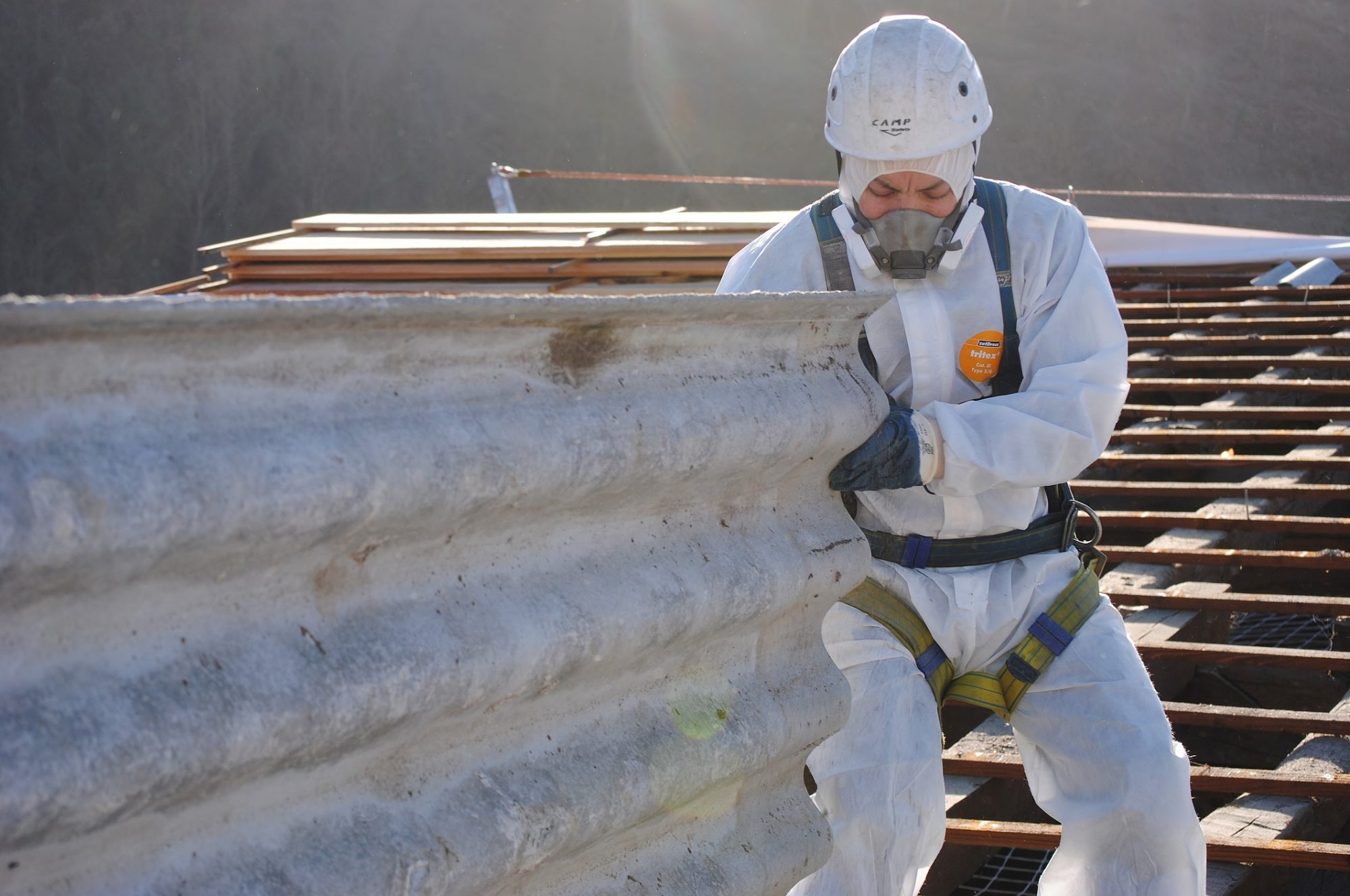For many property owners, the word asbestos triggers concern — and rightly so. Asbestos-containing materials, once widely used for their durability and resistance to heat, are now strictly regulated due to the severe health risks they pose. But what should you actually do if you suspect asbestos is present on your site?
This article outlines the practical steps and legal obligations based on the Asbestos Abatement Regulations, as amended in May 2022, and offers guidance drawn from real-world experience in the field.
Step 1: Bring in the Right Experts
The very first step is to hire a qualified, accredited asbestos contractor. Only a registered professional can legally confirm the presence of asbestos and conduct a formal asbestos risk assessment. This process determines how hazardous the material is, based on:
- Its physical condition (e.g., crumbling or stable)
- The environment it’s in (e.g., near food or HVAC systems)
- Who may be exposed (e.g., employees or customers)
This assessment must be done by a “competent person” as defined by law—someone with the required knowledge, training, and experience. It’s not just about identifying the material, but about understanding the risk it presents.
Step 2: Develop an Asbestos Inventory and Risk Profile
Once confirmed, all asbestos in place must be recorded in an official inventory, detailing where it is and in what form. This documentation becomes the foundation for both compliance and future planning.
Importantly, if the asbestos is intact and not releasing fibres, removal is not currently mandated. However, you are still legally required to:
- Develop an Asbestos Management Plan
- Clearly label all asbestos-containing materials
- Outline how you will protect workers or occupants from exposure
- Set a timeline for safe removal if needed in future
Step 3: Keep Compliant and Review Regularly
According to law, no further work may be done in areas where asbestos is present until the risk assessment and inventory are shared with relevant contractors.
Additionally, the inventory and risk profile must be reviewed every six years by an approved inspection authority.
Why This Matters
Non-compliance isn’t just a regulatory issue — it’s a reputational and ethical one. Failing to manage asbestos properly could endanger your employees, tenants, or contractors, and expose your business to serious liability.
At NatClad, we’ve helped dozens of property owners and corporates navigate this process smoothly, ensuring both safety and full compliance. Whether you’re at the discovery stage or planning long-term replacement, the right advice early on can make all the difference.










